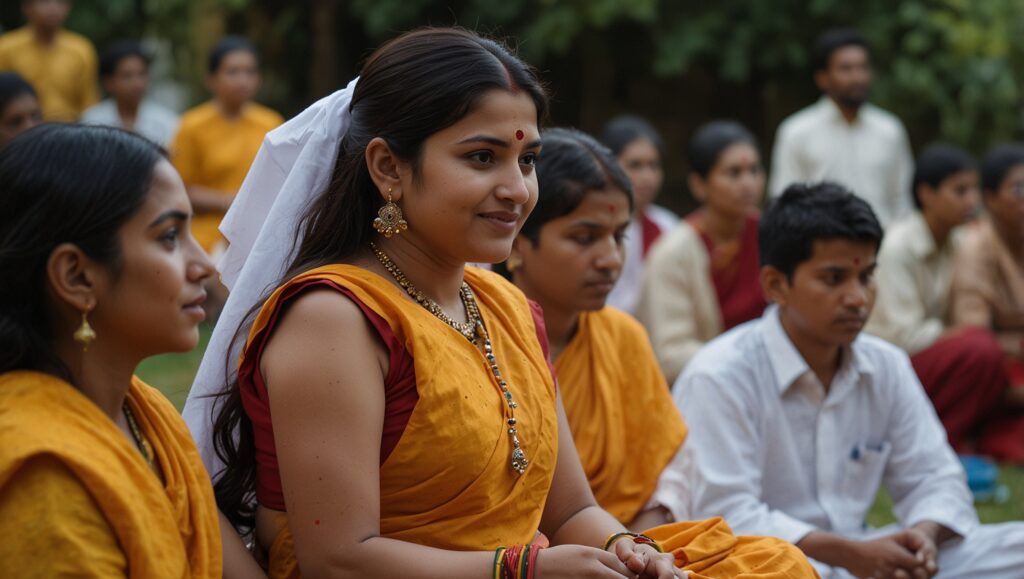Now on, is the eve called ‘Bhaitika’ the last day of Tihar festival popular among all in Nepal most of all. This ceremony is a reunion of families with the purpose of strengthening love and respect between children and their siblings. Sisters put on simple and bright tika on the forehead of their brothers wishing for the same to have long life and success. The day focuses on the non-commercialized giving and receiving of gifts and affection to kinfolk to develop stronger family bonds all over the country.
The auspicious hour for this year’s Bhaitika is set at 11:37 AM, but cultural practices admit the practice of rituals till sunset, and parents are free to arrange the time for the celebration as they deem fit. During such functions, brothers sit inside circles made of mustard oil, where they are blessed by applying ‘tika’ and encased in marigold and doob grass garlands. Sisters offer sweets and dried fruits as delicacies and offer to sell traditional fried bread, which enhances the fete celebrations of the occasion.
Intimately connected with this custom is the legend about Yama, the god of death. The ritualistic oil circle commemorates protection, calling for blessings that will safeguard the brothers, making frequent use of the word ‘guardian’ and ‘guardianship,’ and expressing religious commitments. This sacred act supersedes the bond between members of the same family, and thus, many members are allowed to participate with friends as well as those people that one considers their brothers or sisters.
Today’s Nepal is full of festivity and somberness due to the recent bus tragedy that killed 27 Indian pilgrims. In spite of grief, people stay together with their families to honor their siblings and vie for a common meal, a treat that holds hopeful associations all over the place in the United States of America. The pride of the cultural stock of a family is seen as people sharing jokes and stories.
While some families mourn, others appreciate the cleanness of the opportunity to discuss the bright aspects of life as the festival promises after the heartbreaking theme. They also make people remember the spirit of gatherings during adversities; when people come together and stick through thick and thin. Thus, in lo’alo’a portion of the Mele as families come together for food and prayers, they emphasize the significance of the tape for support especially during calamity as the people stress the significance of preserving the traditions.
Therefore, the Bhaitika celebrated today symbolizes hope and strength for Nepali culture. Sometimes there is joy in life and sometimes there is sorrow, and in the case of Nepalis as a people they have both emotions in the bus tragedy and in the festival. I think faith is being expressed as people gather in the latter and pray and bless one another signifying that life goes on, in spite of the unwanted occurrences, the best of the core human values are love, family and memory.
As long as there is a community, there is that chance to find a way to make what happens today correctly and start to build a tomorrow that is not quite as dark. The festival is a proof of hope and positive energy that carries Nepali people through the worst scenarios, let alone the traditional values they hold dear. With the increasing number of days, society recalls the duty of people to maintain their families and invoke the option of people’s strength in different hardships.
When dusk befalls this ambiguous day, Nepal has hope for the future ahead and works together được in hand. A festive occasion like the Bhaitika, too, has again brought out a melancholy happiness, which is the Nepali spirit. As for the future, the nation, of course, will take the experience of today – to care about cherished people, help friends and relatives in times of trouble, and joy despite life – and will move forward to remain the powerful and unique country, reflecting the complexity of the modern world through its own diverse cultural experiences.


